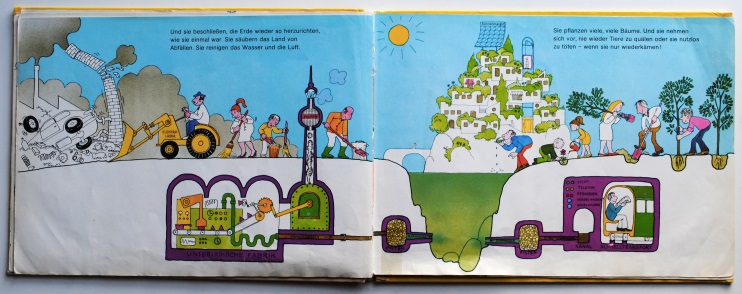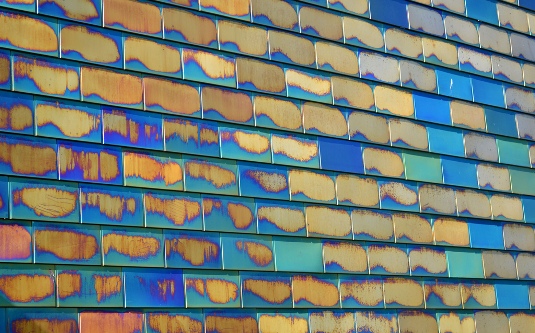Imaginings
stories, creative nonfiction, poetry, and other imaginative accounts of the natural world
-
Popularizing Climate Change and the Challenge of Multiple Narratives

By Roberta Biasillo This blog piece is inspired by Harald Lesch’s talk “Science, Society, Signs” at the RCC Lunchtime Colloquium. It focuses on the potential and limits of graphic representations of climate change-related phenomena, interpretations, and understandings. (*Featured image: Peel, M. C., Finlayson, B. L., and McMahon, T. A. (University of Melbourne). Enhanced, modified, and…
-
Making Tracks: Birgit Schneider

By Birgit Schneider I have been interested in representations with a focus on visuality for a very long time. In fact, it wasn’t my early childhood experiences with the outdoors that led to my interest in environmental issues in the first place, but rather my mediated experiences with nature. Like most others, I frequently encounter…
-
Sites of Remembering: Landscapes – Lessons – Policies
By Eveline de Smalen On 27 and 28 April, the Rachel Carson Center hosted Sites of Remembering: Landscapes – Lessons – Policies. This workshop was born of a desire to enable research in the humanities and social sciences to speak to policy and to enhance the position of environmental humanities in contemporary debate outside of…
-
Hazardous Time-Scapes: How to Make Sense of Toxic Landscapes from Multiple Timed, Spaced, and Embodied Perspectives?

By Laura Deal: How do we understand toxic environments? What roles do time, space, narration, and embodiment play in our conceptualizations of what it is for something to be considered “toxic”? And how do these factors enable complicity in—or resistance to—toxic exposure?
-
Tales from Piplantri
“A Fable for Today…” By Vidya Sarveswaran We are just beginning to hear the murmurs of a nervous street. The sky above is like handmade parchment. Powder blue with swirls of crimped clouds. The air is heavy with the cloying smell of equally heavy flowers that attract snakes. But they do not worry about snakes…
-
Uses of Environmental History: Lise Sedrez
This is the sixth in a series of posts exploring the uses of environmental history. The series has been adapted from contributions to a roundtable forum published in the first issue of the new Journal for Ecological History, edited by Renmin University’s Center for Ecological History. “Of Water, Narratives, and the Uses of Environmental History” By Lise Sedrez (Universidade Federal do…
